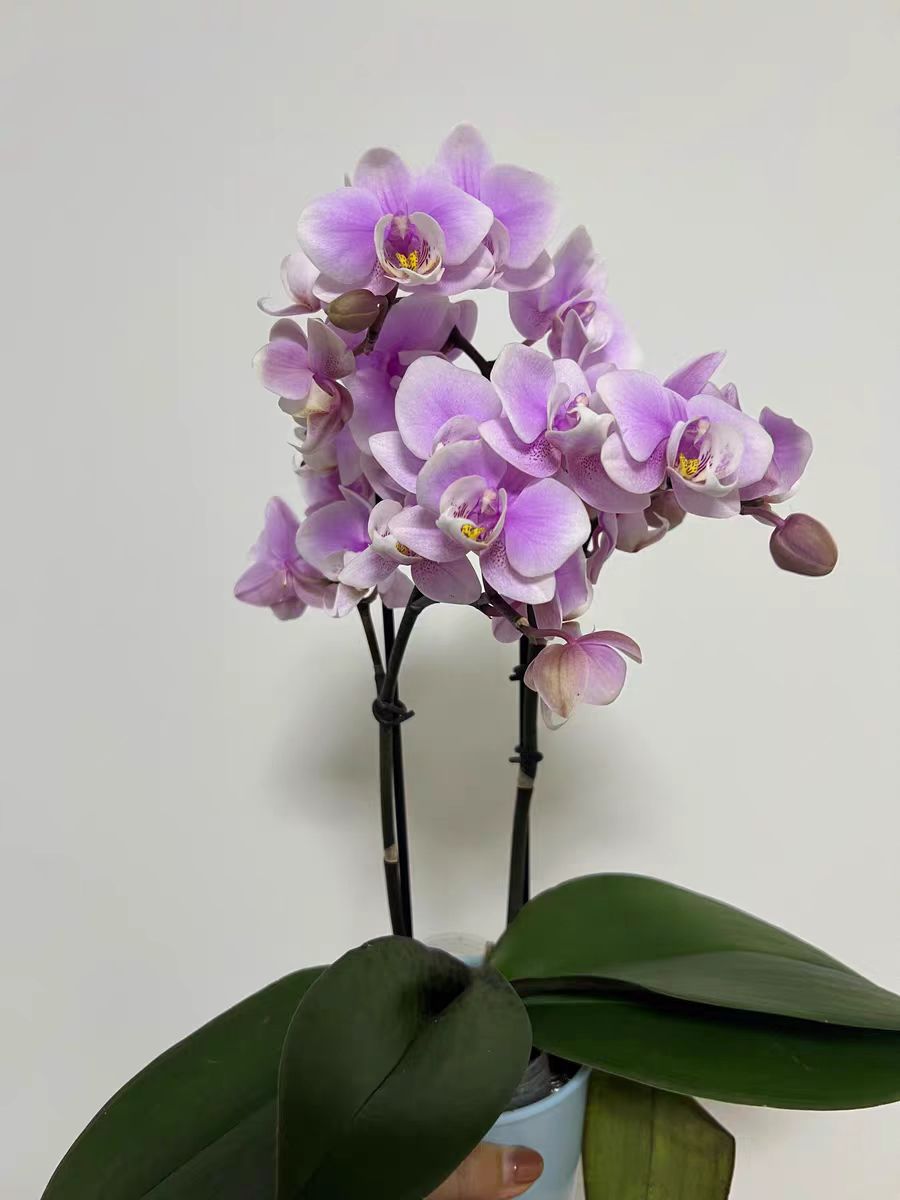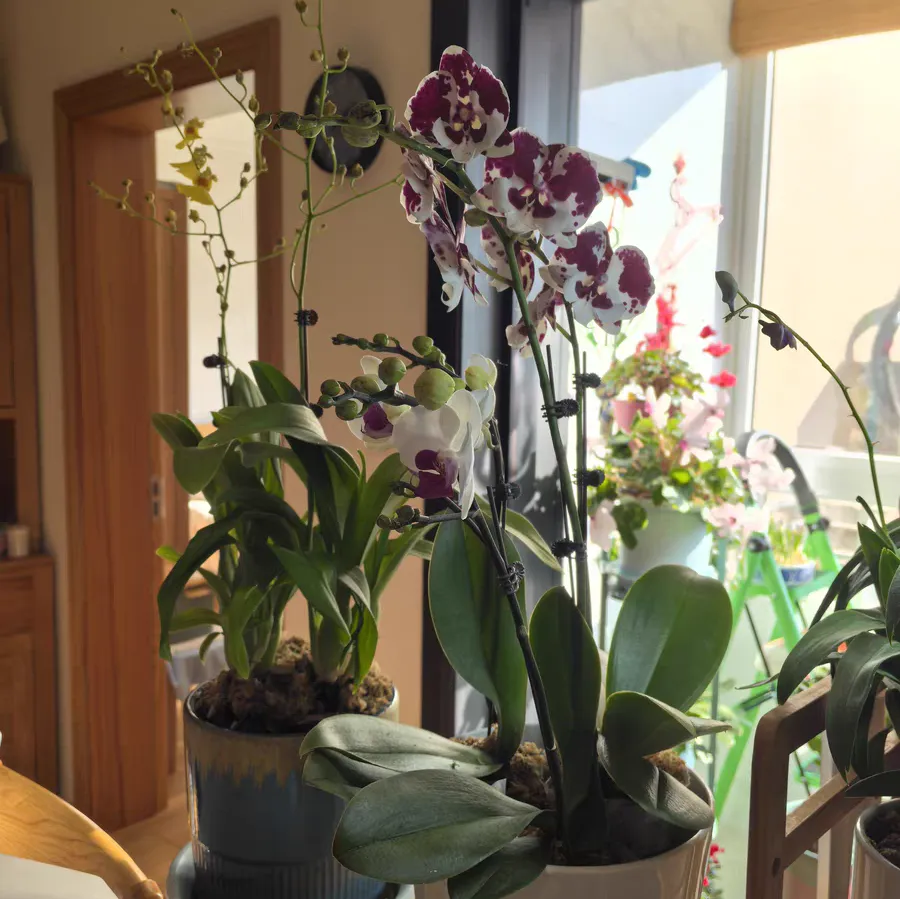During the process of growing flowers, we often encounter various problems, and violets are no exception. Among them, broken roots and root rot are relatively common situations for violets. So, can a violet survive if its roots are broken? And if the roots are rotten, how should we remedy it?
Violets have relatively tenacious vitality. If part of the roots are broken, there is still a possibility of survival as long as the proper treatment is carried out.
When the roots of a violet are broken, the following measures can be taken:
Firstly, clean the wounds at the broken root parts. You can use clean scissors to cut off the damaged and rotten parts to avoid infection.
Then, soak the violet roots in a carbendazim solution for a period of time to disinfect and sterilize them.
Prepare a loose, breathable, and well-drained substrate, such as a mixed soil of vermiculite, perlite, and peat soil. Such a substrate can ensure good air permeability for the roots and is beneficial to the growth of new roots. Carefully plant the treated violet into the new substrate and gently compact the surrounding soil.
After planting, place the violet in a place with good ventilation and sufficient scattered light for cultivation. Avoid direct sunlight to prevent the water from evaporating too quickly and causing the plant to dehydrate.
Control the watering and keep the soil slightly moist. Overwatering is likely to cause the roots to rot again.
Steps to Remedy Root Rot of Violets
Removing from the Pot for Inspection
Once you notice signs of root rot in violets, such as yellowing, withering, and growth stagnation of the leaves, you should promptly remove the plant from the flowerpot.
Carefully clean the soil on the roots and inspect the extent of root rot.
Pruning the Rotten Roots
Use sharp scissors to cut off all the rotten roots until healthy tissues are exposed.
Similarly, soak the pruned roots in a carbendazim solution for disinfection, and the soaking time is usually about half an hour.
Replacing the Substrate
The original soil may contain pathogens, so it is necessary to replace it with a new substrate. Choose a loose, fertile, and well-drained soil suitable for the growth of violets.
You can add some perlite, vermiculite, etc. to the soil to improve its air permeability.
Repotting
Replant the disinfected violet into a new flowerpot. Be careful not to plant it too deep to avoid affecting the breathing of the roots.
Gently compact the soil to make the plant stable.
Later Maintenance
After repotting, place the violet in a place with good ventilation and a suitable temperature for cultivation. Avoid a high-temperature and high-humidity environment to prevent root rot from occurring again.
Control the watering and water it timely according to the dry and wet conditions of the soil. You can insert your finger into the soil. If the soil feels dry, you can water it. But avoid waterlogging.
Don't fertilize for the time being. Wait until the violet recovers its growth and then gradually apply some dilute fertilizers to promote the growth of the plant.
In conclusion, neither broken roots nor root rot of violets are insoluble problems. As long as we take the correct measures in a timely manner, it is possible to make the violets regain their vitality. During the process of cultivating violets, we should pay attention to observing the growth state of the plant, discover problems in a timely manner and solve them, so that the violets can grow healthily and vigorously.
Can a Violet Survive if Its Roots Are Broken?

Share with
Tagged in :




Leave a Reply